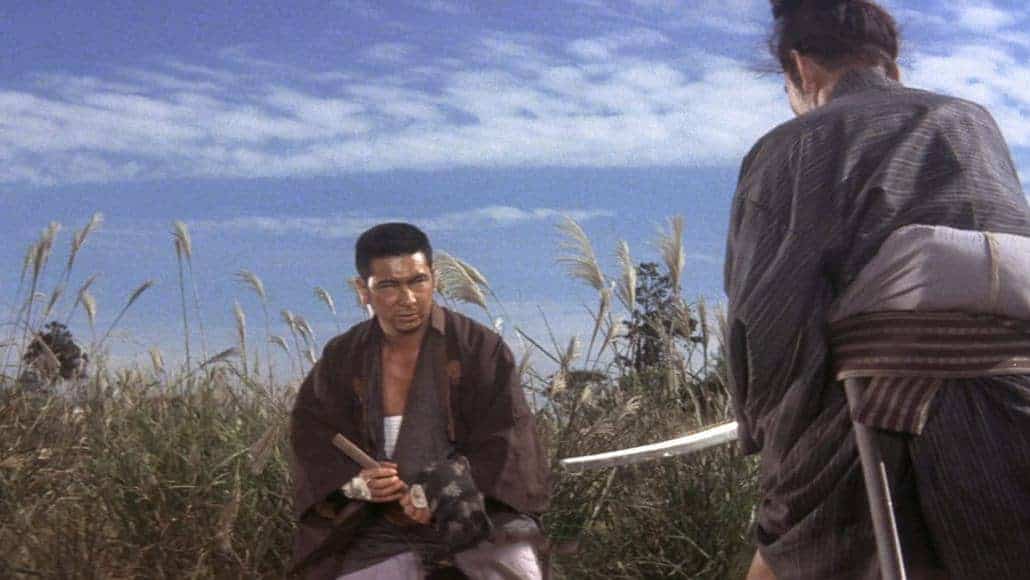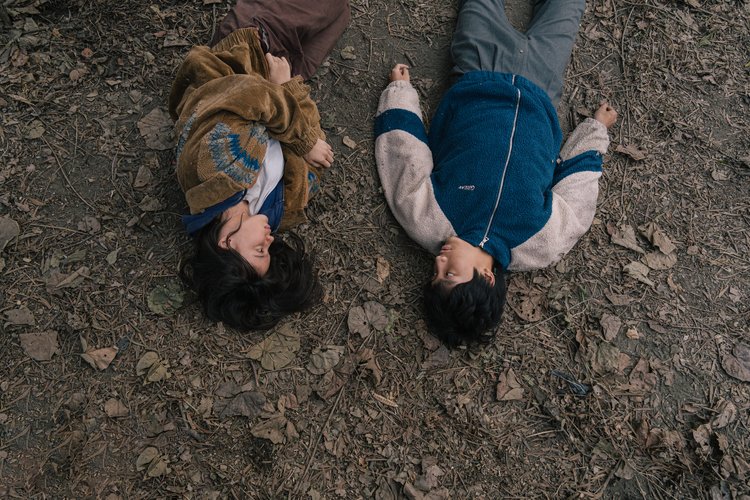When it comes to making films, like in any kind of work, one tends to become accustomed to a certain kind of routine and even though this reality may have a distinct comfort, it also holds the danger of creative standstill to some degree. If we take a look at the world of mainstream cinema with its calculated blockbusters and tentpole films, commercial success has, in many ways, become one of the key factors when it comes to follow a formula or a pattern in order to repeat said success. However, for filmmakers such as Abbas Kiarostami, who sadly passed away in 2016, becoming used to a formula must have been a terrible nightmare, considering he has repeatedly stated that every film he made felt new to him.
“Like Someone in Love” will be screened at Japan Society

Eventually, this statement may be especially true when it comes to “Like Someone in Love”, a French-Japanese co-production he shot entirely in Japan with a Japanese crew and cast. In an interview with Indiewire, the Iranian director states how his love of Japanese cinema, most importantly the works by Yasujiro Ozu, had been the inspiration for the film. During the making-of, included in the UK Blu-ray release of the film, Kiarostami keeps his answer quite simple when he (jokingly) mentions that “sushi” was one of the main reasons he wanted to shoot in Japan.
Life has been quite stressful lately for sociology student Akiko (Rin Takanashi). While trying her best to keep her part-time job as high-end prostitute a secret to her boyfriend Noriaki (Ryo Kase), she also attempts to meet her grandmother, who has travelled from far away to meet her in the Japanese capital. However, when one of her employers high-end clients and long-time friend, a former university professor named Takashi (Tadashi Okuno) calls, he demands Akiko to entertain the old man and spend the night with him. Much to her own surprise, the scholar and talented translator seems much more interested in making her dinner and showing her a good time than having sex with her.
Eventually, matters become increasingly complicated when Takashi drives her to university in the morning where he meets Noriaki, who mistakes the old man for Akiko's grandfather. In order to not raise his suspicions any further, Akiko and Takashi keep up the “game” of being related, an enterprise which starts simple enough but soon finds them entrapped in their own net of lies.

Within Abbas Kiarostami's body of work, “Like Someone in Love” may strike you as perhaps one of the director's lightest movies. Given the subject matter, this is by no means a point of criticism, but demonstrates the concept of discussing issues like love, jealousy and deception using minimalist means often reminiscent of the works of Woody Allen who follows a similar approach. Accordingly, most of the action takes place within interiors – Takashi's apartment, his car or the restaurant where Akiko sits at the beginning of the film. Each setting defines the framework of a life, “lines which should not be crossed” or cannot be crossed for certain reasons, as one of the character states at the beginning of the film. However, strong emotions, ranging from a certain longing for company, jealousy or love will make us want to violate these borders, makes us want to invite someone inside, which of course results in the complications and irritations for the characters in the film.
Naturally, the urban landscape of Tokyo becomes a key factor when it comes to establishing aforementioned “lines”. Settings such as the cafe, the cab or Takashi's car show this kind of transparent layer which allows us to watch and witness, but not to actually take part in what is happening. In one of the earlier, but perhaps most touching scenes of the film, Akiko asks a cab driver to drive slowly past Tokyo main station since she wants to see her grandmother waiting for her, in front of the entrance. Especially for Ryo Takanashi's character, this scene may hold a vital key in understanding her inability to act, due to her attempt of meeting everyone's expectations. At the same time, this, as well as many other images from the film stress the feelings of loneliness, this (unspoken) need for company in modernity or, in general, everyone's life.
Although “Like Someone in Love” is mostly a dialogue-driven film, there is no denying the visual beauty of the film. Cinematographer Katsumi Yanagijima, a frequent collaborator of Takeshi Kitano, brilliantly captures the ideas of place in the film, the portrayal of the city as a vast network reflected in the complications of the lives of the characters. Similar to other works by Kiarostami, the concept of the various coincidences and chance encounters, which define our lives, is depicted in the images of the city where people are in some way bound to meet each other, run into each other and define the other's life, for good or worse.
In the end, “Like Someone in Love” is a delightful film by Abbas Kiarostami, a reflection on ideas such as relationships, love and jealousy, as well as the modern urban landscape. While the love for the great masters of Japanese cinema, especially Ozu, is undeniable, most particularly the performances and the cinematography echo more modern concepts within the cinematic landscape of Japan. Most importantly, this is quite an entertaining film, light in tone but nevertheless quite thoughtfully executed and narrated by one of cinema's greatest artists.















